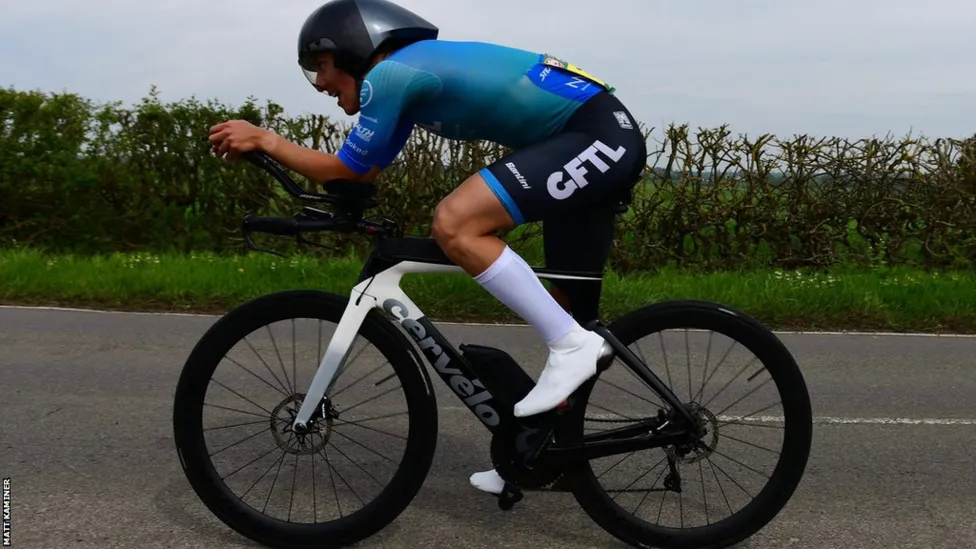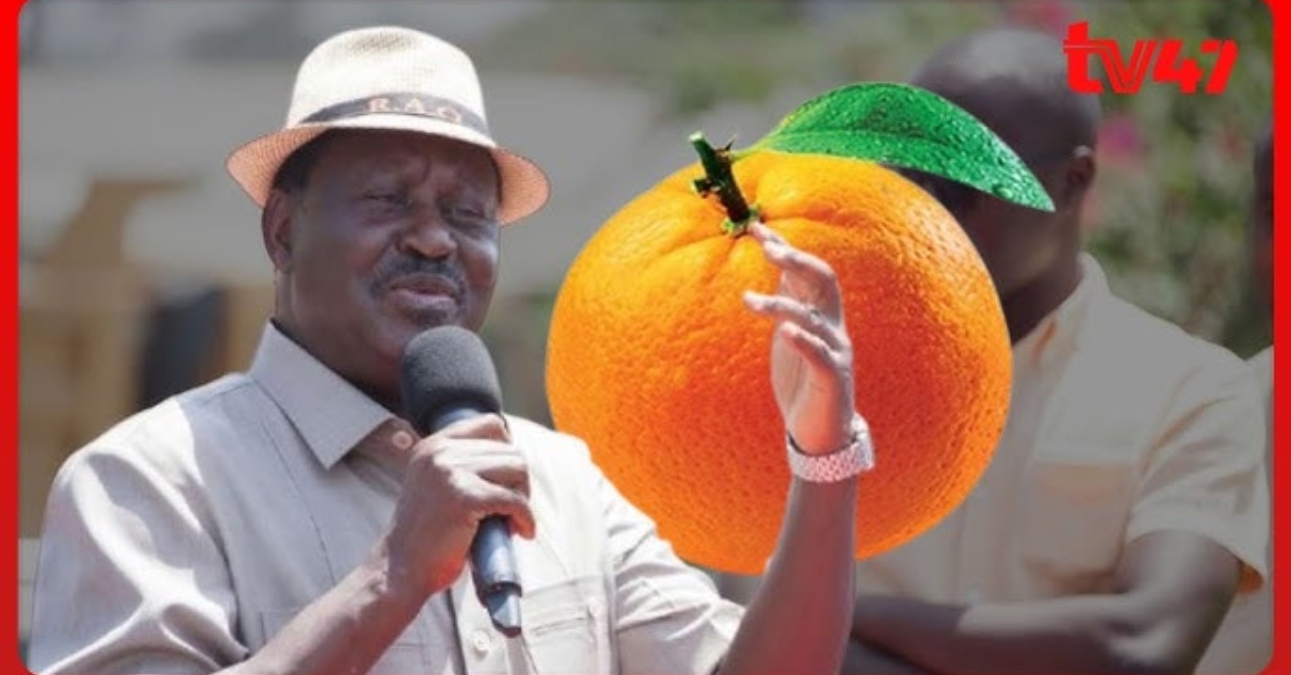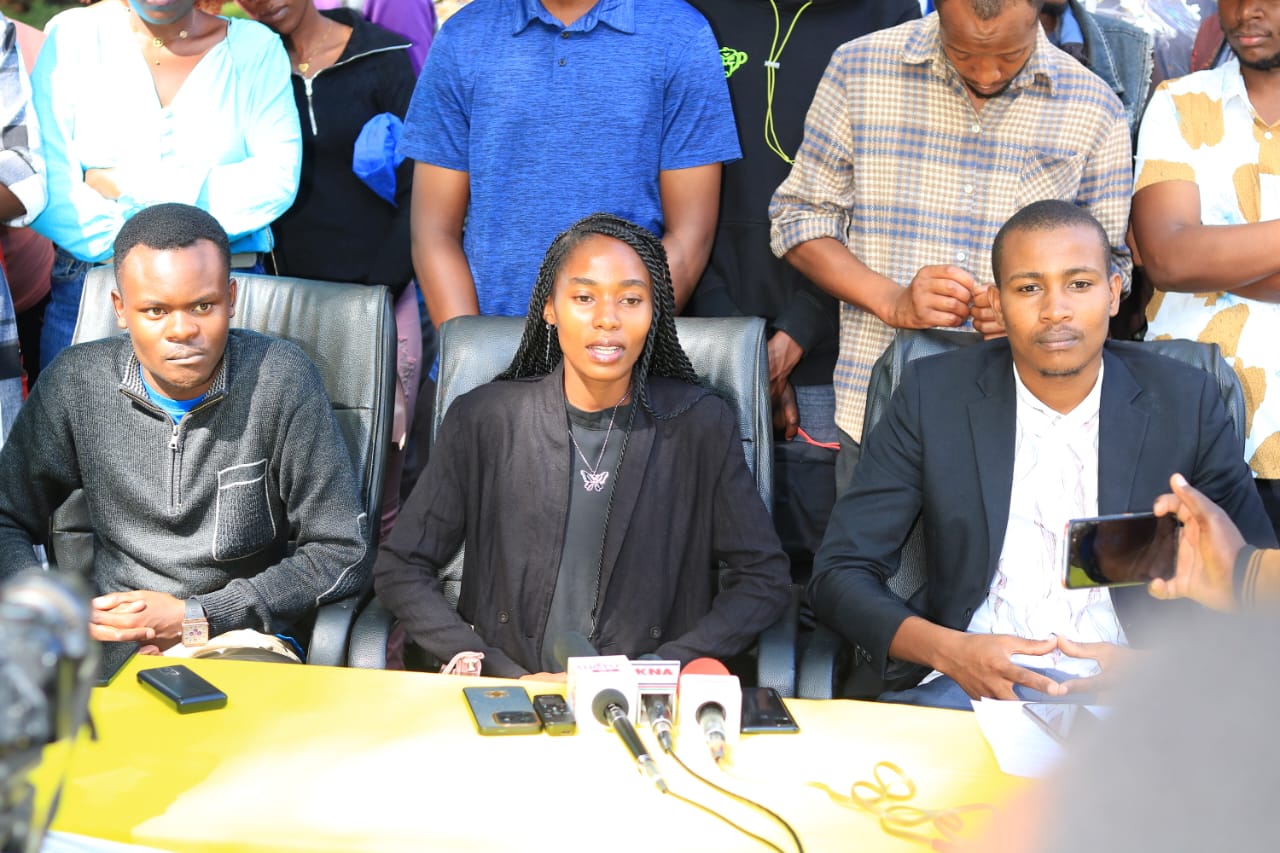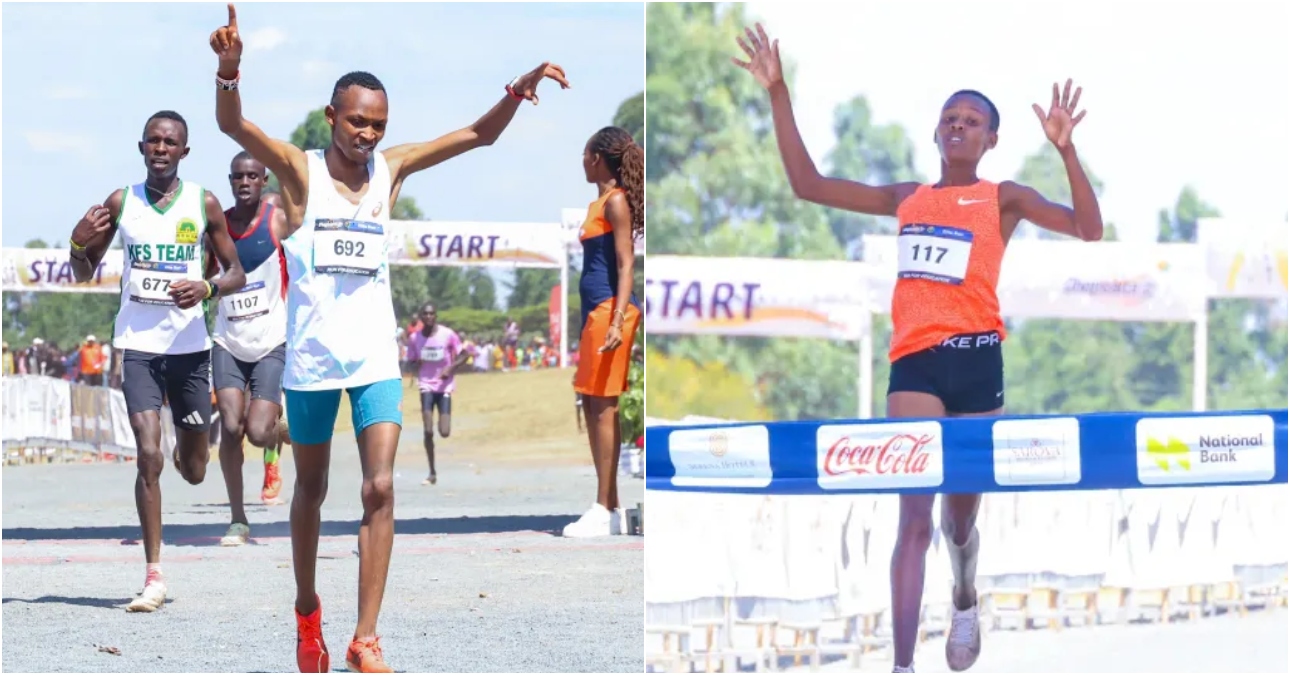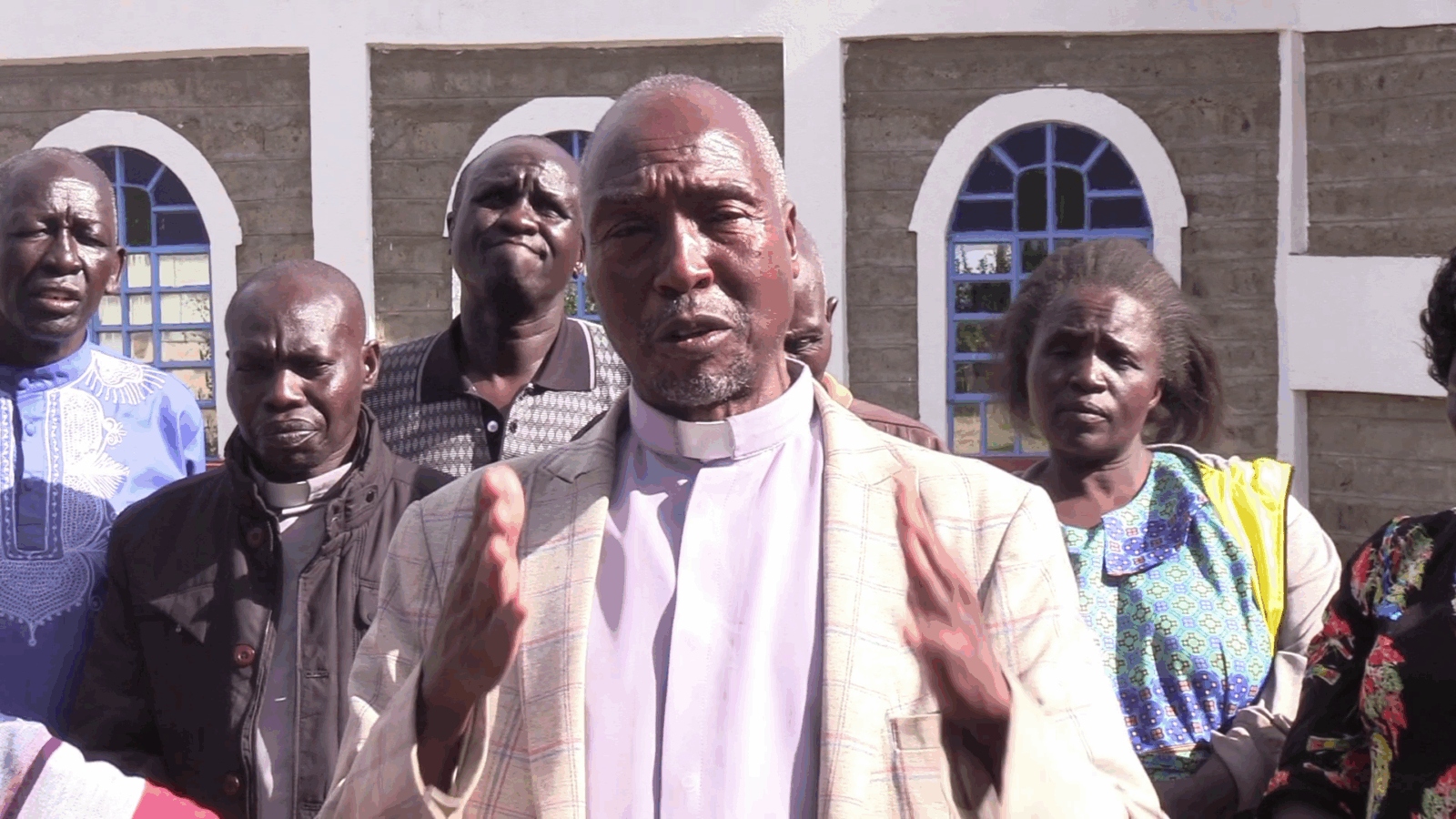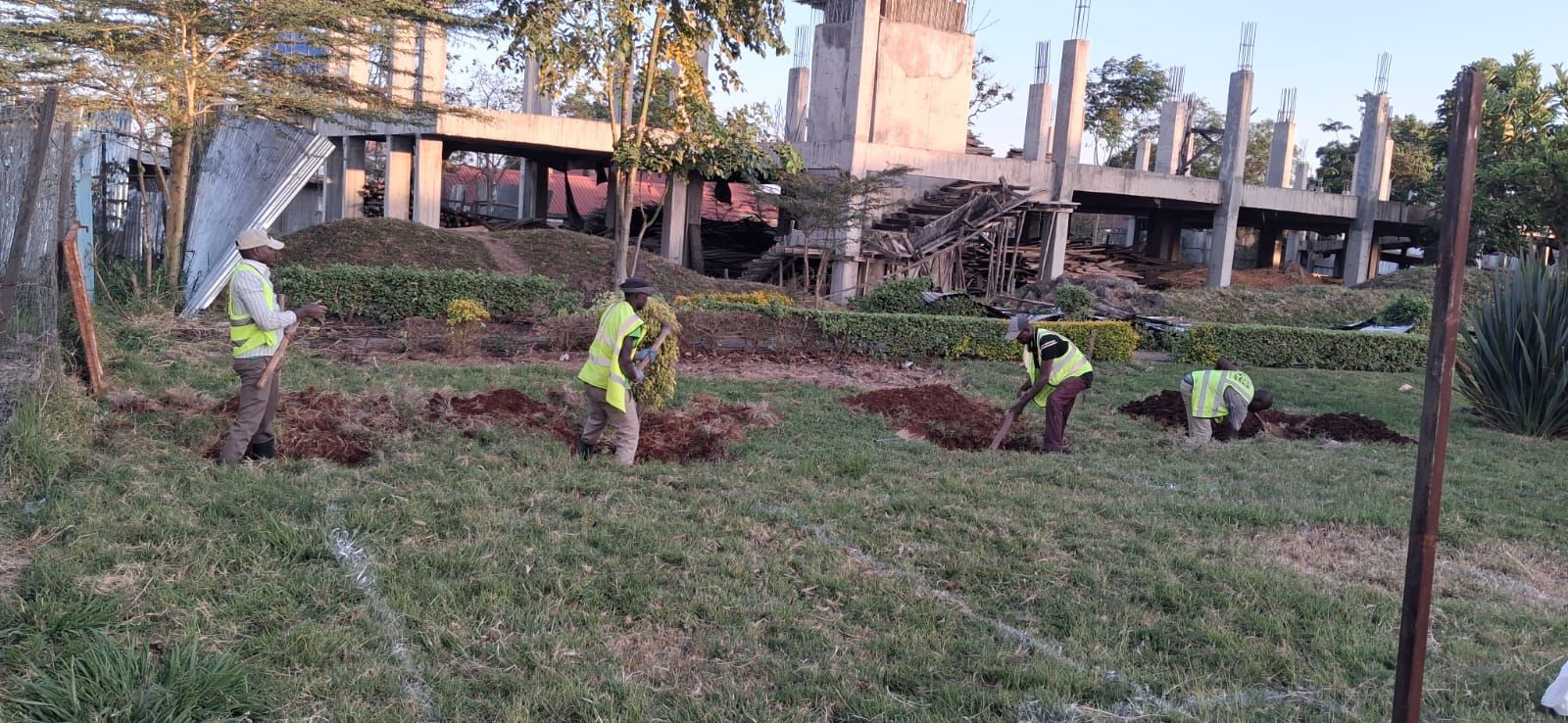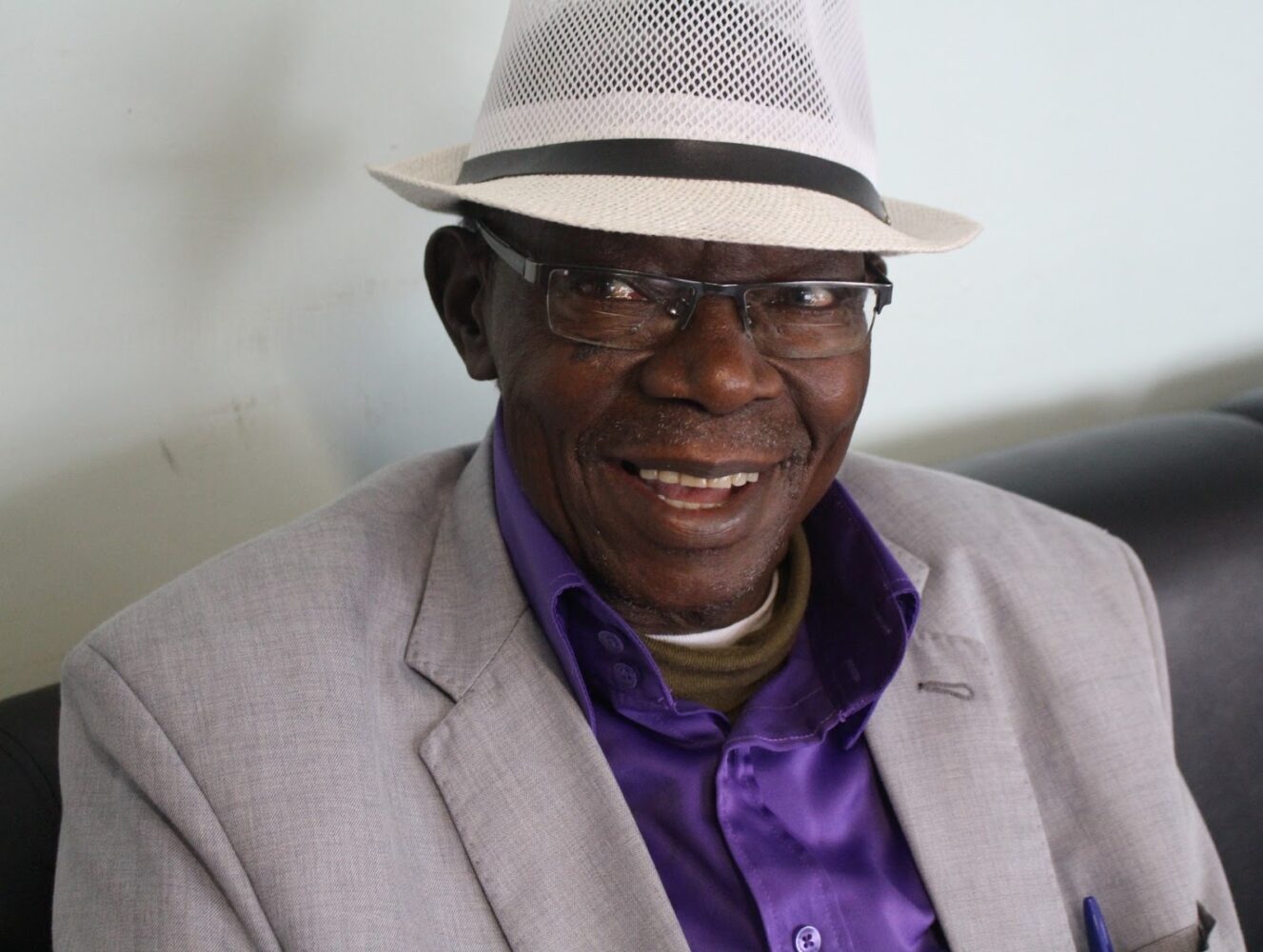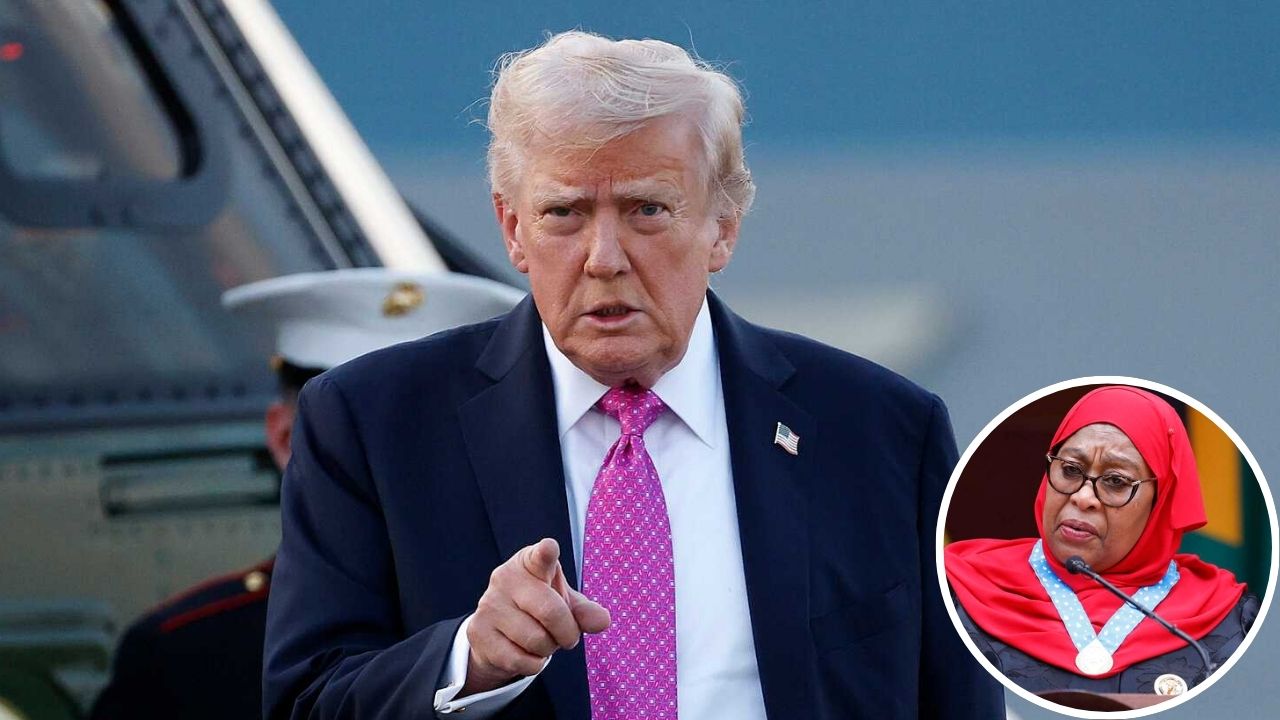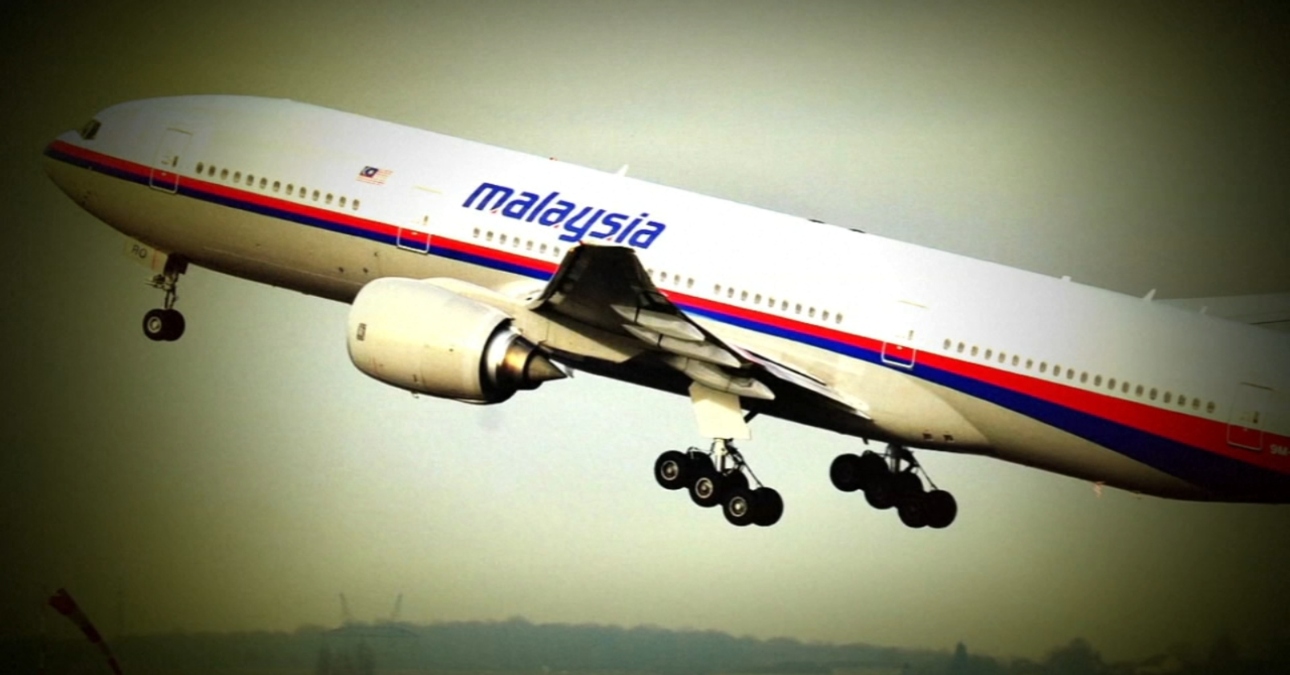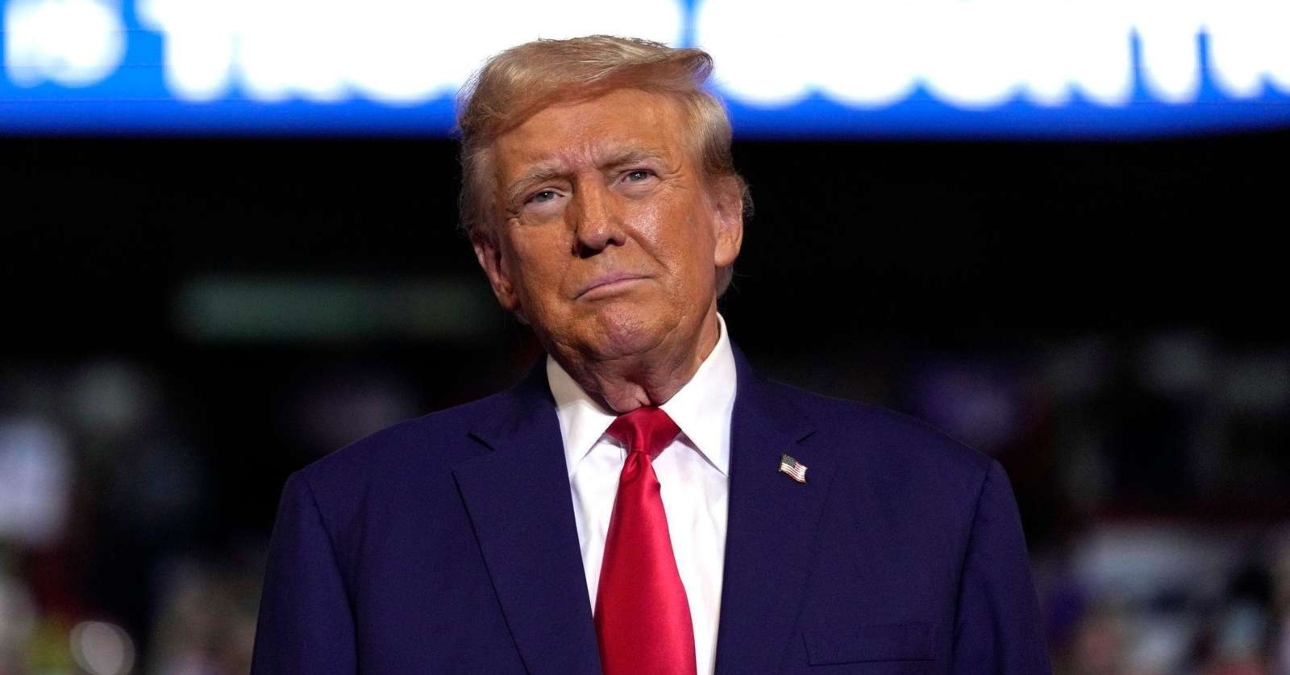The Orange Democratic Party (ODM), once Kenya’s most unified opposition force under the late Raila Odinga, is facing its toughest internal battle. This is just days after burying its founding leader, leaving most to wonder on it’s future and stability.
The party which dominated opposition in over two decades, now finds itself split into what analysis claims to be three distinct factions, with a different vision for the party’s future and its role in national politics.
Among its most outspoken voices is the faction being described by political observers as the loyalty or traditional opposition bloc, led by long-time Raila allies James Orengo and Anyang’ Nyong’o. This group has been vocal that ODM must not abandon its founding mission of holding power accountable, defending democracy, and remaining the true voice of the people, even without Raila at the helm.
Governor James Orengo, speaking during Raila’s funeral service on October 19, 2025, issued a powerful warning that resonated across Kenya’s political landscape.
“Let us not kill political parties, but nurture them into fruition,” he said, “Political parties are the foundation of democracy, and we must honour Raila’s legacy by keeping them alive.”
Orengo urged both ODM and the government to protect the independence of political movements, warning that Kenya risked “sliding back to the single-party mistakes of the past.”
His remarks drew applause from sections of ODM delegates and have since been interpreted as a subtle rebuke to members warming up to a coalition or cooperation with the ruling United Democratic Alliance (UDA).
A day earlier, on October 18, Kisumu Governor Anyang’ Nyong’o struck a similar tone while paying tribute to his fallen comrade.
“Raila was a once-in-a-generation leader whose ideals, courage and vision for a democratic Kenya will continue to guide and inspire generations,” Nyong’o told mourners.
He urged ODM members to “stand firm in those ideals” and “never allow convenience or compromise to erode what Raila stood for.”
Nyong’o’s statement, though delivered in the emotional context of national mourning, carried an unmistakable message, that ODM’s true way forward lies in loyalty to Raila’s principles of democracy, justice and reform, not in chasing proximity to state power.
The loyalty bloc’s stance, however, has placed it at odds with other ODM members who believe the party must adapt to Kenya’s shifting political realities. The engagement or accommodation faction, led by Junet Mohamed and Homa Bay Governor Gladys Wanga, is more pragmatic.
They argue that ODM should work closely with President Ruto’s administration to secure development for its supporters and maintain national influence. At Raila’s memorial gathering, Junet stated, “In 2027, ODM will either be in government or be part of the coalition that forms government, but not in one that insulted Raila Odinga when he was alive.”
Similarly, Wanga has defended cooperation with government, saying earlier this year that “there is no problem that can be solved without dialogue” and that “we do not have any apologies for supporting government programmes.” Their reasoning is strategic, ODM, they say, should not isolate itself politically but rather engage with power to remain relevant and deliver tangible gains to its regions.
The third current within ODM, often called the reformist or youth succession bloc, is spearheaded by younger leaders like Edwin Sifuna and Babu Owino.
This group is focused on restructuring the party and ensuring that leadership transitions reflect the will of a new generation.
Sifuna, during Raila’s funeral in Bondo, emphasized unity amid growing internal tensions, saying, “Because ODM is one of your biggest legacies, I will do everything in my power to keep this party together even in the face of provocation. This is not the time to push divisive narratives within ODM.”
His remarks followed weeks of speculation about his differences with senior party officials over ODM’s memorandum of understanding with UDA, which he earlier dismissed by declaring, “I have declared this MoU dead; there’s no point in reviewing a document I have already declared dead.”
For Sifuna and his allies, ODM’s future depends less on aligning with or opposing the government and more on building internal democracy, transparency, and generational renewal.
These three ideological camps; the loyalist traditionalists, the pragmatic accommodators, and the reformist youth capture the tension now shaping ODM’s future. Their disagreements reflect deeper questions about identity, strategy, and survival of the party.
Should ODM stay the people’s watchdog, collaborate with power to deliver, or reinvent itself for a new generation? As the party prepares for its next National Delegates Convention, these debates will determine not just ODM’s leadership structure but also its place in Kenya’s 2027 political landscape.
What began as a period of mourning for Raila has swiftly turned into a test of his legacy whether ODM will fragment under competing ambitions or rise united under a renewed vision for the future.

